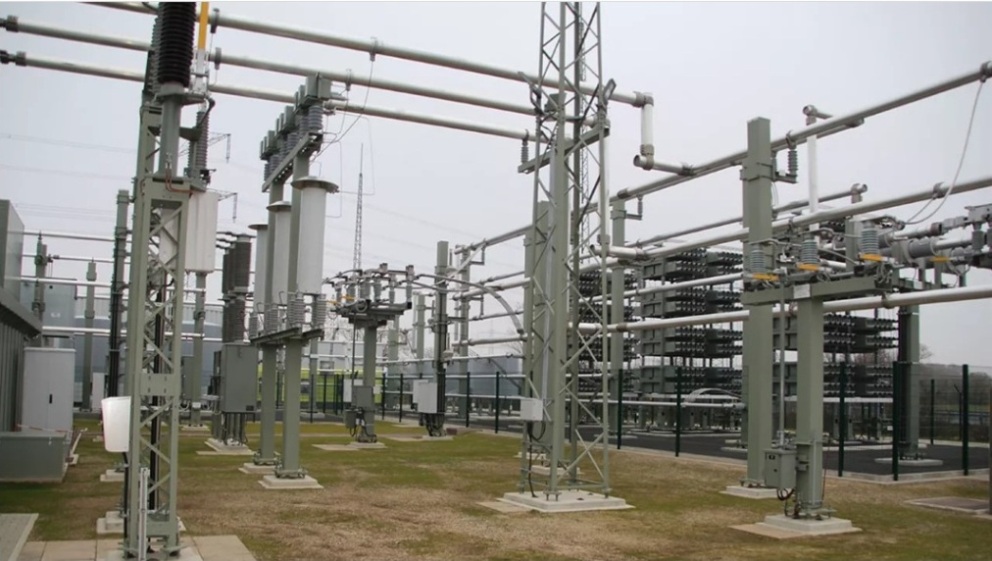PFC Consulting Ltd has launched the bidder selection process for a new interstate transmission system (ISTS) scheme aiming to provide dynamic reactive compensation for pooling stations at Khavda in Gujarat.
In a formal notice, bid process coordinator PFC Consulting Ltd (PFCCL) has invited bid for selecting the transmission service provider for developing an ISTS scheme officially termed as “Provision of dynamic reactive compensation at KPS1 and KPS3” in Gujarat. [KPS = Khavda Pooling Station]
By current schedule, PFCCL has set October 25, 2023 as the last date for seeking clarifications from potential bidders, while bids will close for submission on December 8, 2023.
The bidder will be selected using the tariff-based competitive bidding (TBCB) route and the selected bidder (transmission service provider) will develop the project under the build, own, operate and transfer (BOOT) basis.
The project is estimated to cost around Rs.500 crore and the implementation timeframe is 24 months from the date of transfer of the project SPV to the successful developer.
Project rationale
It has been deliberated by CTUIL that renewable energy (RE) potential in Western Region (ISTS) is concentrated heavily in a few pockets in Gujarat – Khavda, Bhuj and Dwarka. Due to this, power needs to be dispatched over long distances to load centres, thereby warranting long EHV AC systems. The loading on these systems varies from very low to very high, at different time points of the day.
This could potentially result in high voltage variations in the grid and even line tripping in the event of over-voltage or under-voltage. Line tripping could occur especially when bus reactors are not managed in synchronism with the voltage variation.
System studies have shown that voltage variations could be more pronounced at the injection end – KPS1, KPS2 and KPS3 – as well as the drawl end that includes the Navsari (New) and Boisar-II substations.
It was therefore decided to provide STATCOMs with different combinations of MSCs/MSRs at KPS1, KPS3, Navsari (New) and Boisar-II substations. [MSC = mechanically-switched capacitor; MSR = mechanically-switched reactor]
Accordingly, the following transmission scheme (with four parts) was proposed:
- ±300 MVAr STATCOM with 1×125 MVAr MSC, 2×125 MVAr MSR at KPS1, 400kV bus section-1 with one 400kV GIS bay
- ±300 MVAr STATCOM with 1×125 MVAr MSC, 2×125 MVAr MSR at KPS1, 400kV bus section-2 with one 400kV GIS bay
- ±300 MVAr STATCOM with 1×125 MVAr MSC, 2×125 MVAr MSR at KPS3, 400kV bus section-1 with one 400kV GIS bay
- ±300 MVAr STATCOM with 3×125 MVAr MSC, 1×125 MVAr MSR at 400kV level of Navsari (New) substation of PGCIL with one 400kV GIS bay
It was further decided to club the first three parts listed above into a single package, and implement the scheme under the TBCB modality. It may be noted that the fourth part in the list above has been deferred for the time being.
Also read: PFCCL Forms SPV For Intrastate Scheme In UP, Two Bidders In Final Race
Featured photograph (source: Hitachi Energy) is for representation only.

